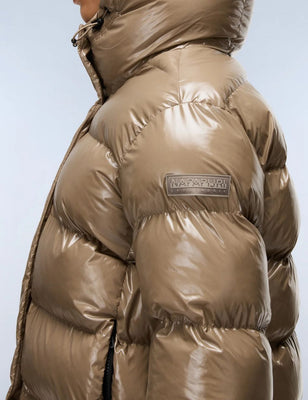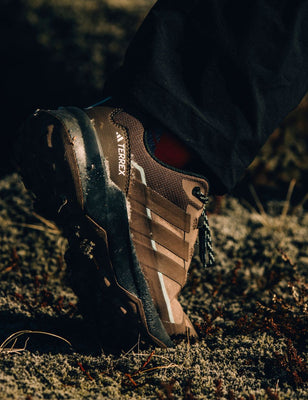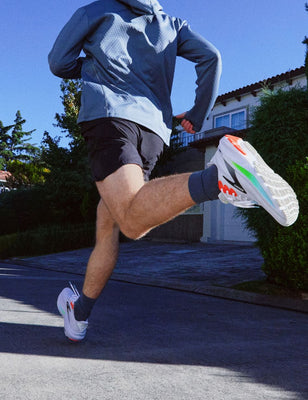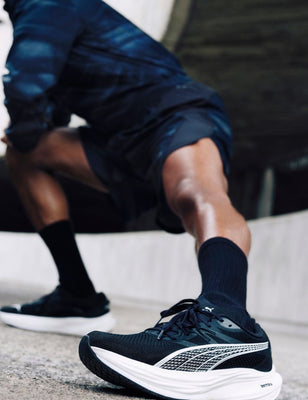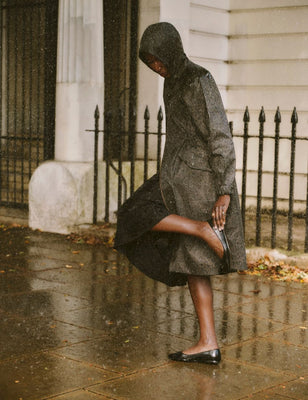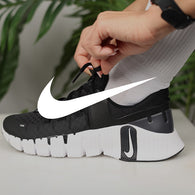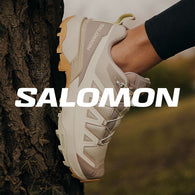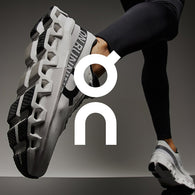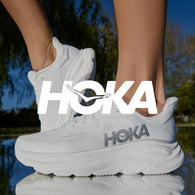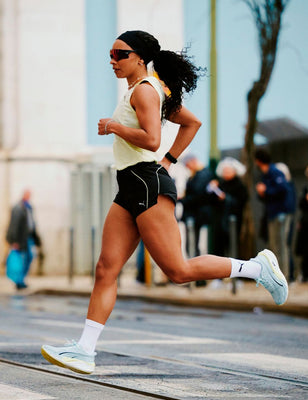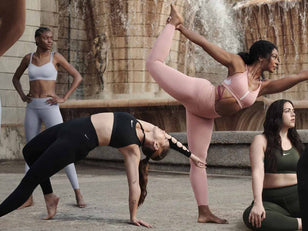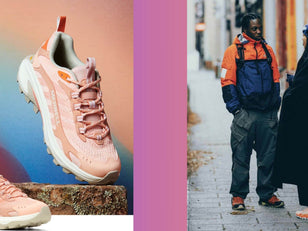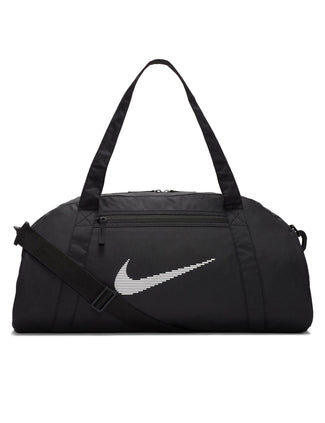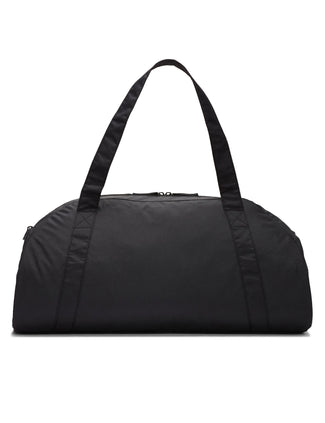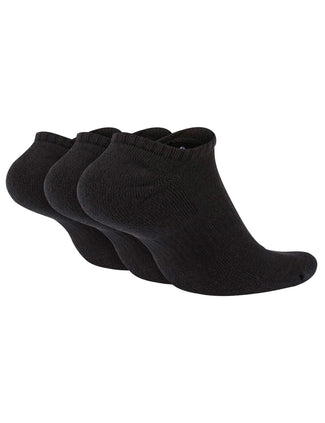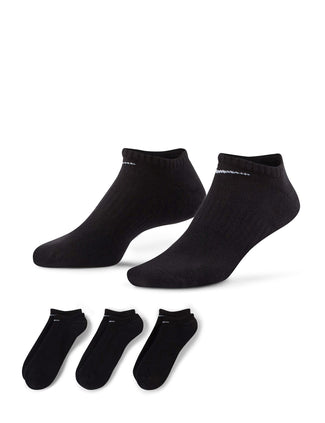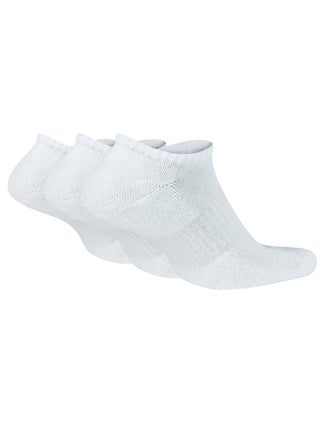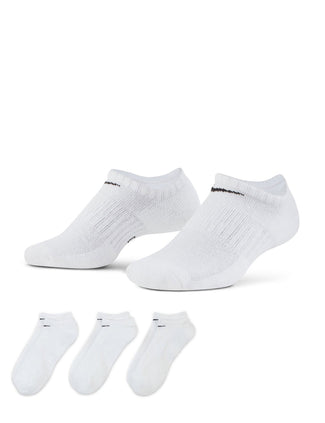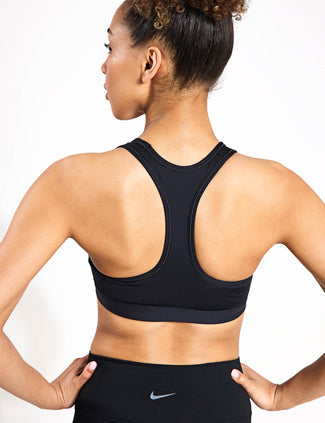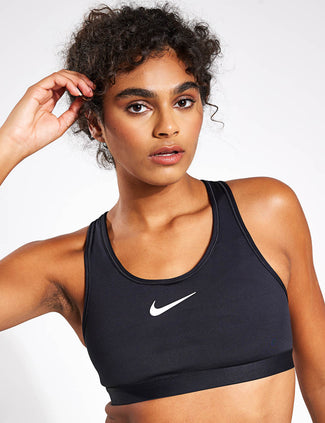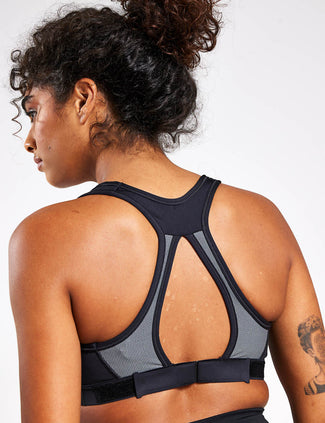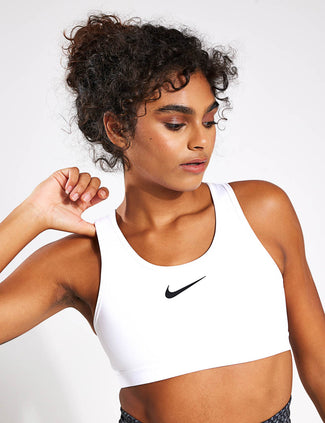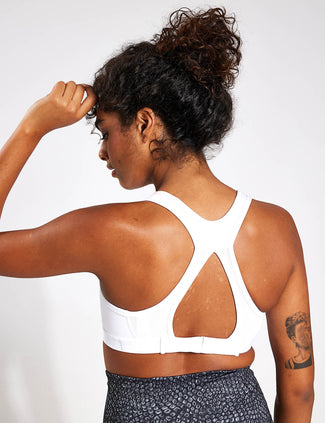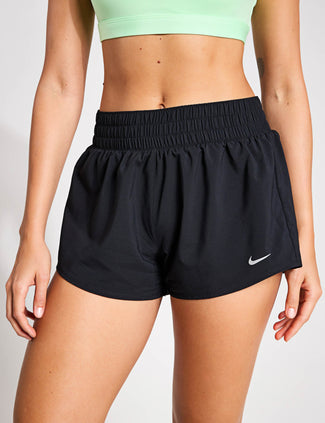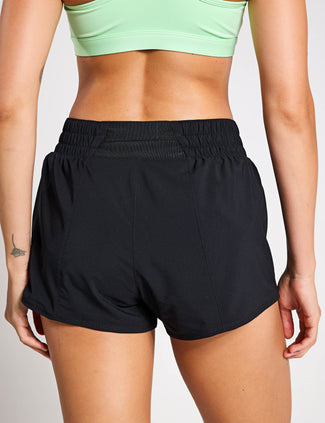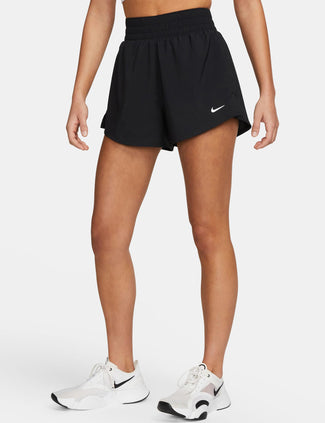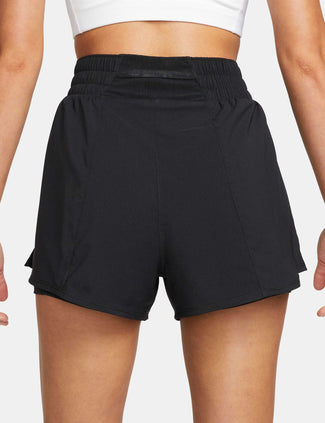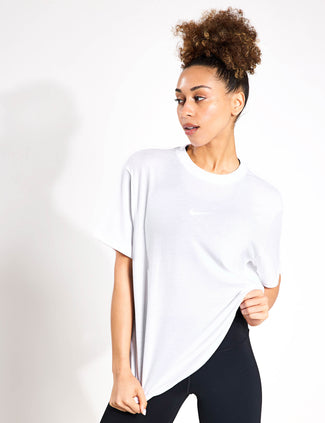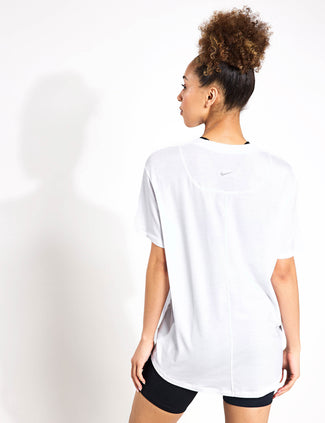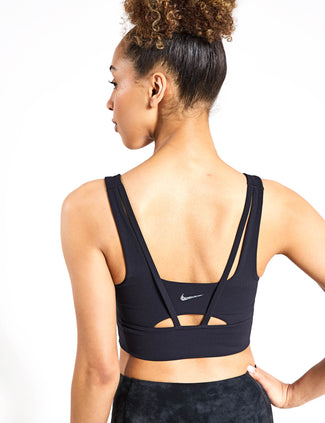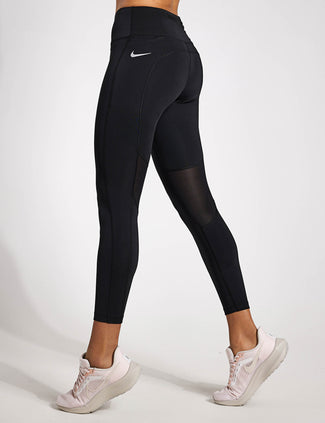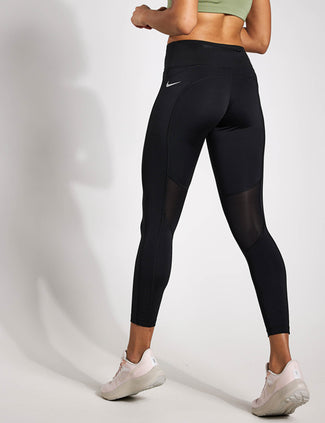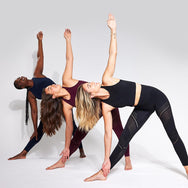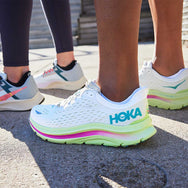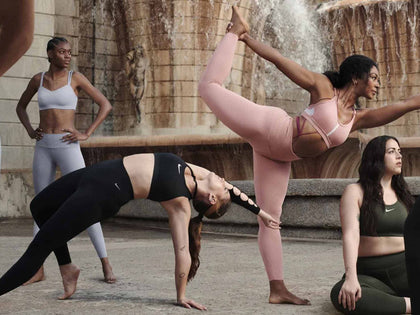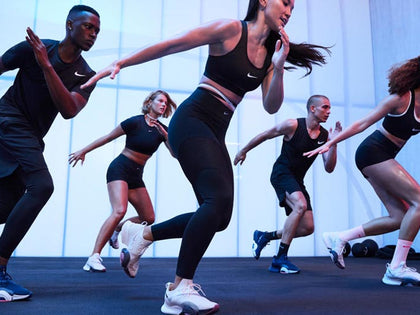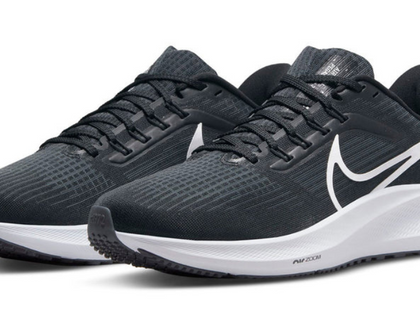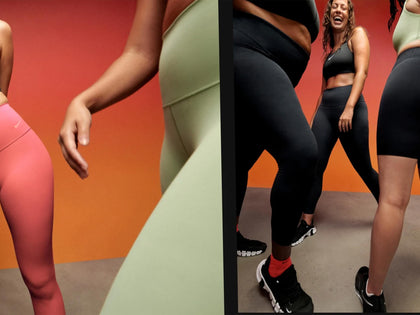The United Nations isn’t the only organisation declaring Sustainable Development Goals (SDGs). Following the release of Nike’s FY20 Impact Report, Nike has committed itself to achieve a host of sustainability targets by 2025. The SDGs outline a positive vision for the future, but require deliberate action to get there. Nike argues that it is in the interests of businesses, governments and society alike to commit to such goals in order to accelerate progress. Nike currently scores 3/5 on our Sustainability Hub. However these crucial new commitments could soon see that rating improve. Not only has the brand set these targets as important benchmarks for itself as a key player in the retail industry. They have also aligned with many of the UN’s SDG’s where the brand feels it could have the greatest impact for good. So let’s take a look at these goals, and what Nike is doing to be a catalyst for positive change.
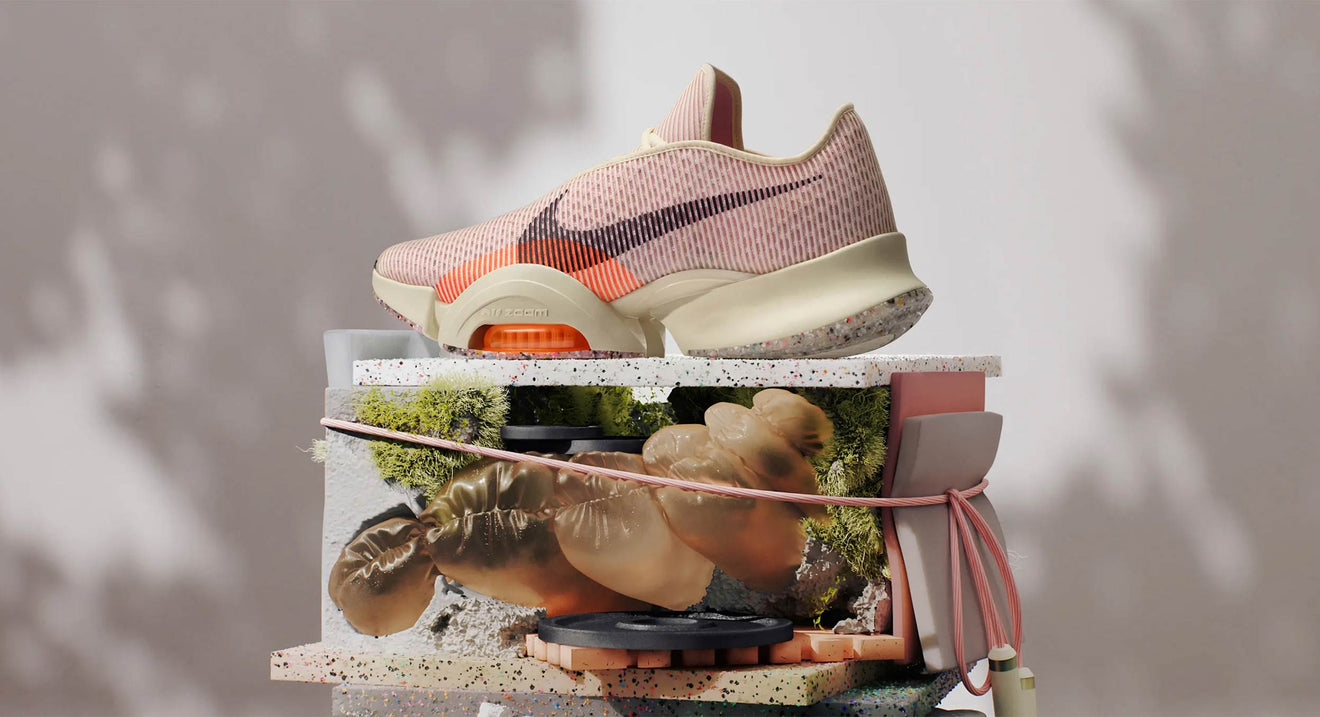
Nike has identified the areas where it has the greatest potential to contribute to the SDGs, these include: Read on to see how Nike plans to drive progress on these six areas of impact. Nike is committed to inspiring and supporting communities around the world to move more. And with good reason, the potential rewards of fostering movement and exercise in children are big: active kids tend to be healthier, happier, and do better on the pitch and in the classroom, and eventually in their careers and communities as adults. As a pioneering sports brand, focussing on a healthy and active lifestyle echoes through the brand culture and employee values.NIKE’S SUSTAINABLE DEVELOPMENT GOALS
Good Health and Wellbeing
Nike has committed to driving sustained community impact by getting kids excited about moving with 50% female participation in key cities. One of the great elements of sport is its power to unite people and inspire them to take action in their communities. Putting this power into practice, Nike is building an inclusive culture through the brand and breaking down barriers for all athletes. As a global company, it isn’t only what goes on within the walls of Nike offices that reflect the extent of its values, but also the conditions of its global partners and suppliers. And as such, Nike believes that the key to growth and sustainability is a team in which every member feels valued. That means from worker compensation, to workplace conditions, Nike is committed to only working with factories which share its vision for decent work and economic growth.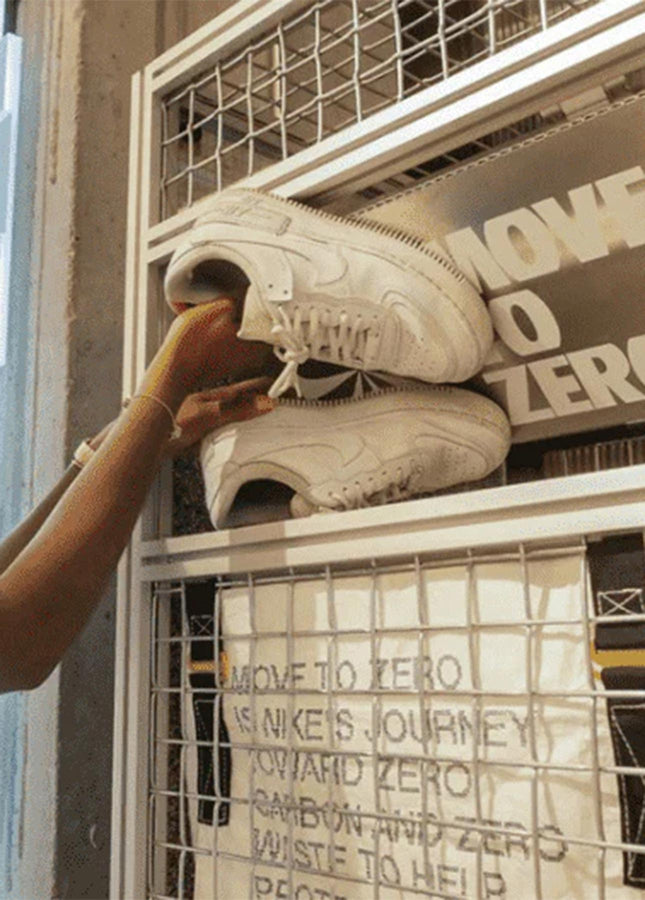
2025 Target
Gender Equality
2025 Target
Decent Work and Economic Growth
The iconic Nike swoosh is almost synonymous with great athletic performance. But the brand isn’t only thinking about the athletics we know today, or the next Olympic Games, as part of Nike’s commitment to sustainability ensuring that all athletes can train, live, and thrive for generations to come. This responsibility leads Nike to develop new products and innovative materials in an effort to find ways to help solve production and consumption problems today for a better tomorrow. The focus of this goal is truly maximum performance with minimum impact. And there are many targets in place to ensure this happens. 2025 Target
Responsible Consumption and Production
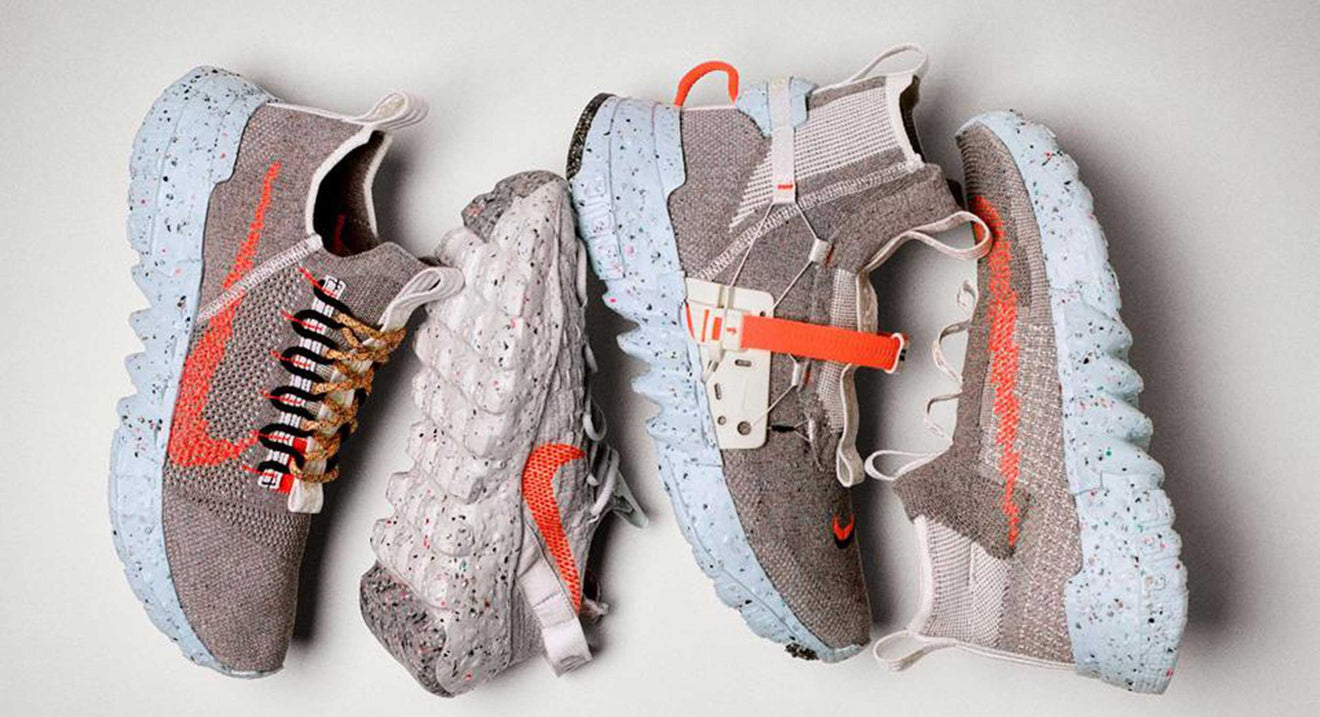
As Nike strives to create products with all the performance and less of the environmental impact, the brand is taking a stand for climate action through its Move to Zero commitment. As the name suggests, this is Nike’s promise toward a zero carbon, zero waste future. It’s no token effort, Nike says it is committed to taking a leadership role and working collaboratively with other industry players so we can have a world where everyone can thrive. 2025 Target
Climate Action
Finally, Nike recognises that the true goals of a sustainable future and a healthier planet will require collaboration, the sports brand has partnered with competitors, governments, academia, NGOs and other industries to develop a shared a holistic understanding of the challenges and opportunities we face as a society. As the saying goes, ‘if you want to go fast, go alone, if you want to go far, go together’. Altogether this coalition of sorts works to identify barriers and advance solutions for our planet.2025 Target
Partnerships For the Goals

Arctic Shipping Pledge: teamed up with the Ocean Conservancy to intentionally not send ships through the Arctic out of concern for the negative environmental impact. Fair Labor Association (FLA): in compliance with FLA’s mission of socially responsible companies to improve working conditions in factories worldwide. Sustainable Apparel Coalition (SAC): a founding member of SAC, a group of more than 200 leading apparel and footwear companies and NGOs working to reduce the environmental impacts of their products. Fashion Industry Charter for Climate Action: Nike joined UN Climate Change and other global players in catalysing some of the industry’s most aggressive climate targets Girls, Inc.: Nike has teamed up with Girls Inc to support their “Sporting Chance” program that empowers girls to build a foundation for enjoying sports, adventure, and physical activity throughout their lives. While Nike is one fish (albeit a very big one) in the sea of apparel and footwear production, its commitment to sustainable development is certainly making waves. With the anticipated release of its FY21 Impact Report, customers and communities will have the opportunity to mark the progress against the brand’s goals as it strives for a bright future. Read more Nike’s FY20 Impact Report and the 2025 Targets for the most up-to-date brand progress. Discover more about the sustainability of Nike and other TSE brands over on our Sustainability Hub.Example Partnerships
THE TAKEAWAY






